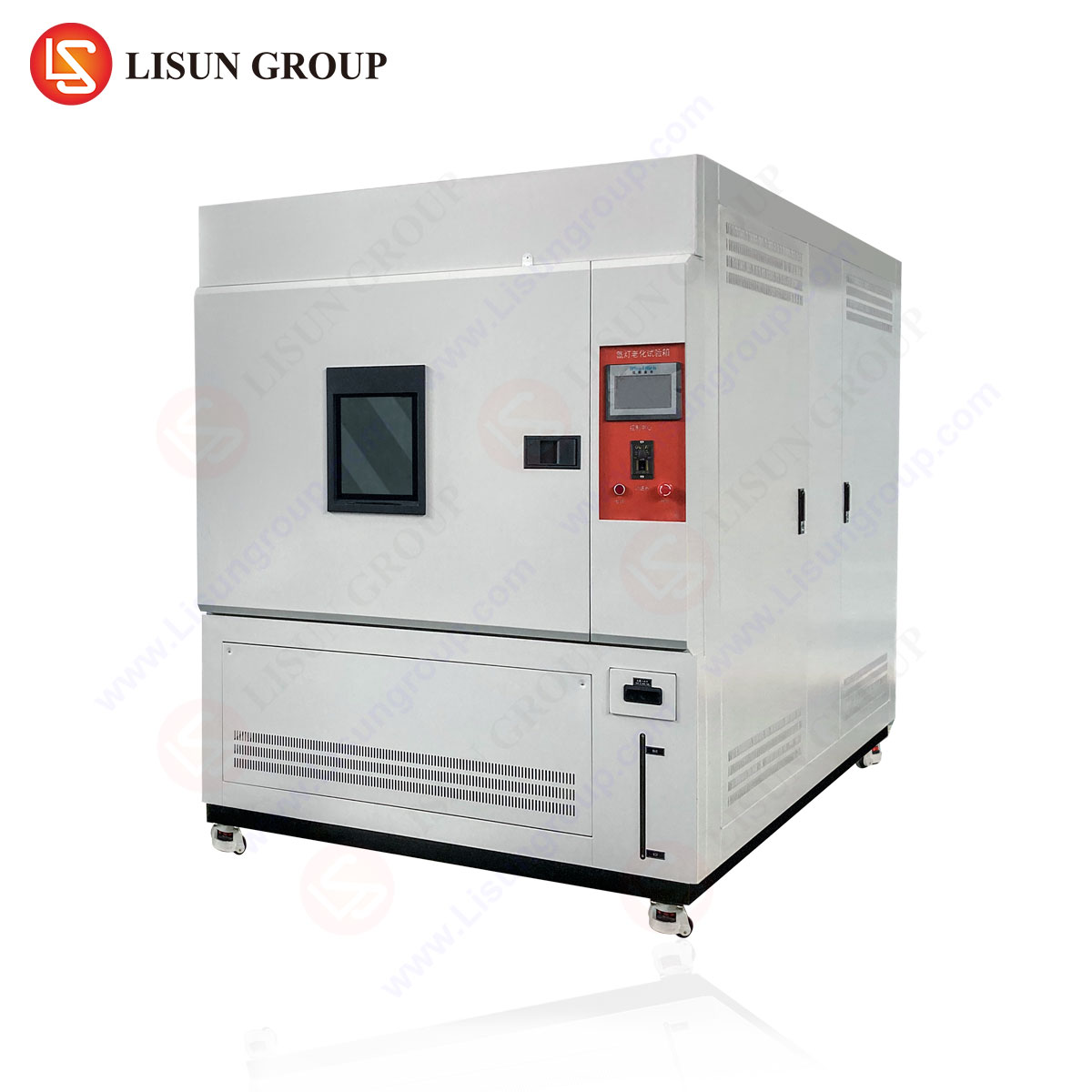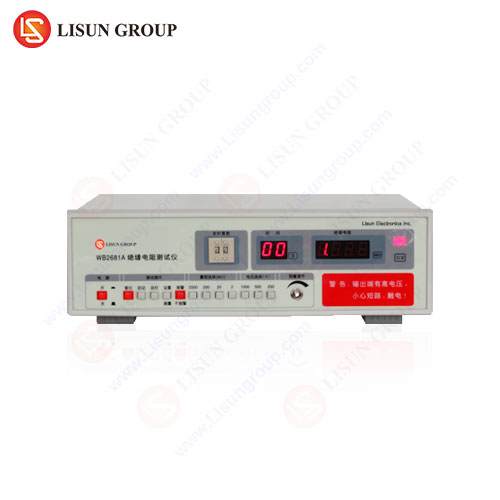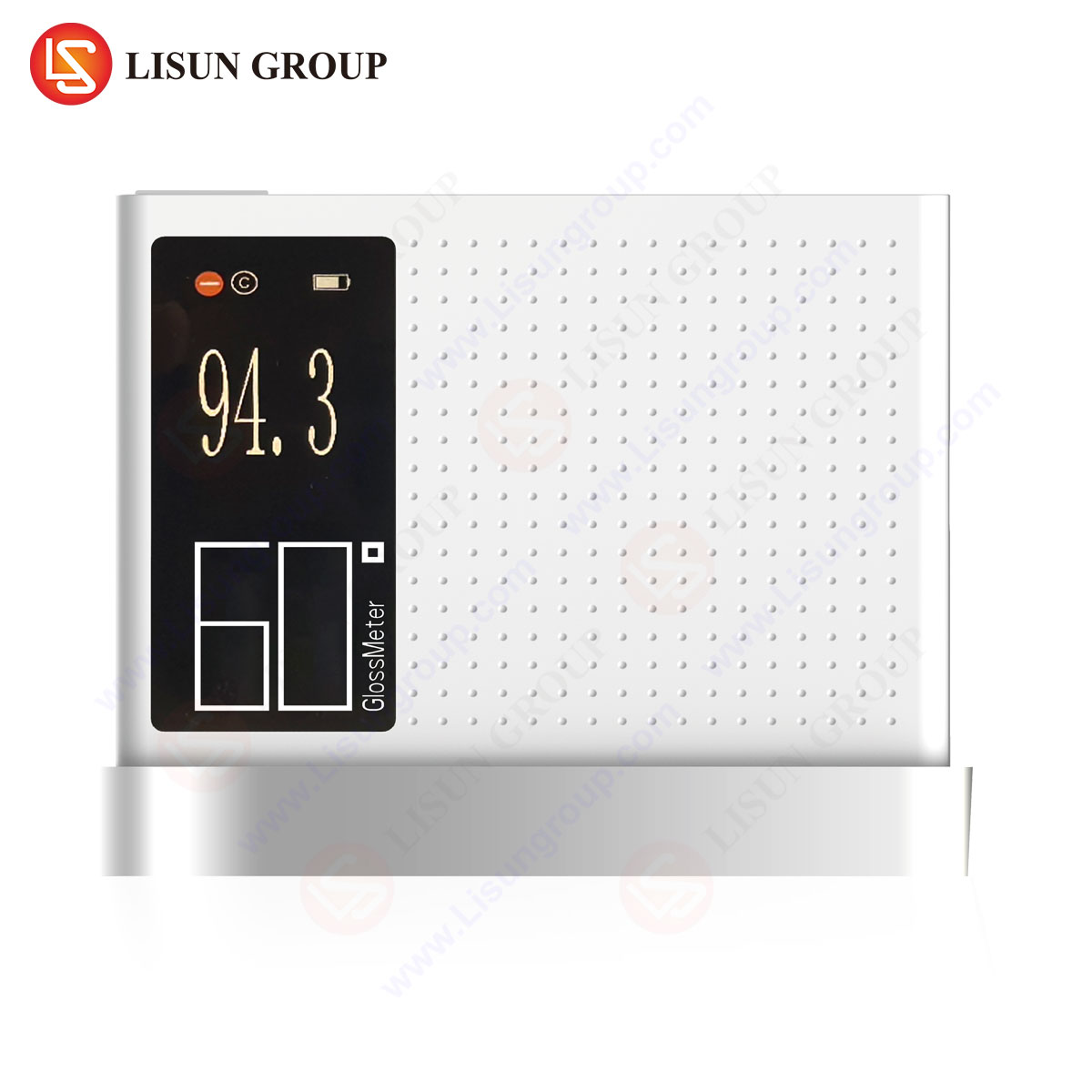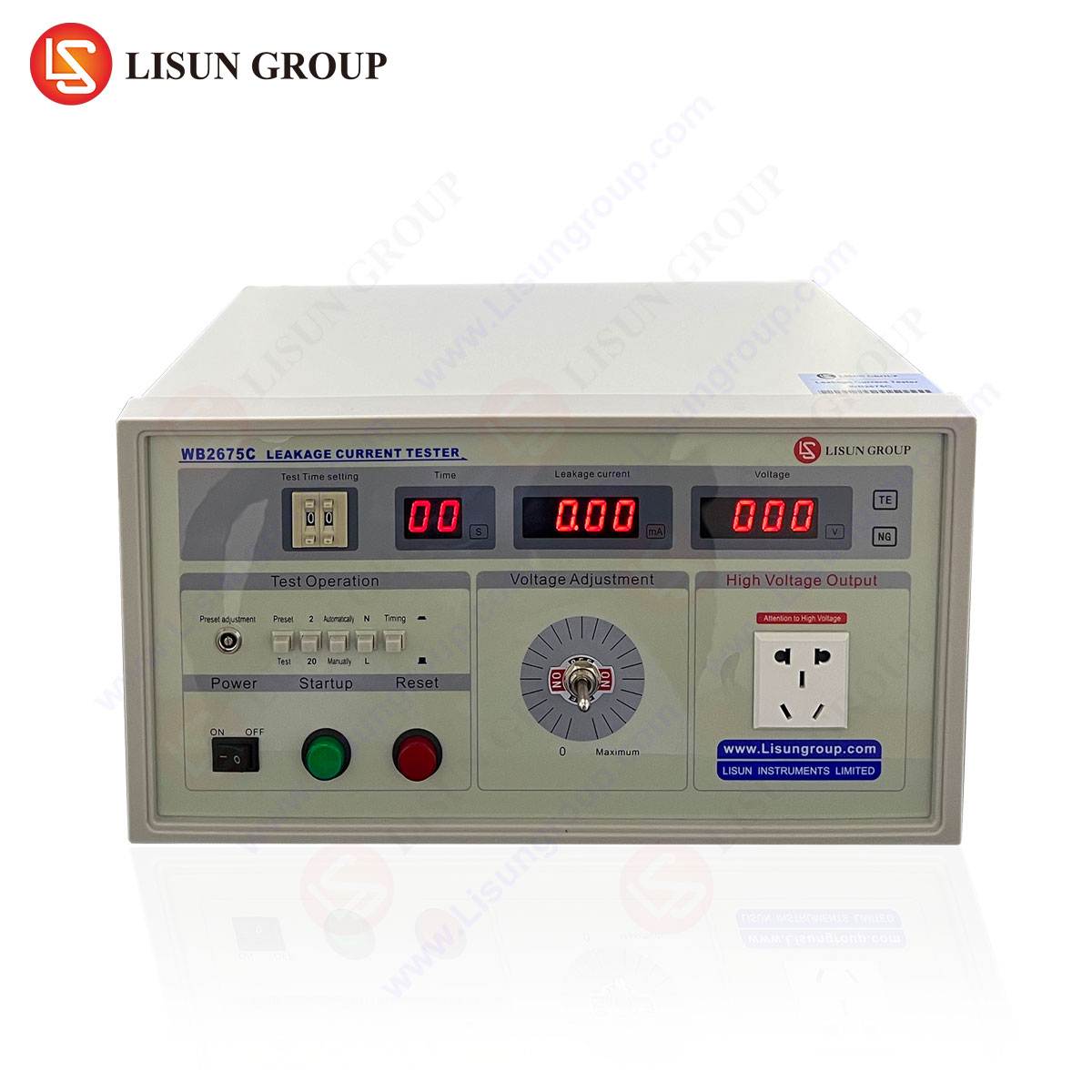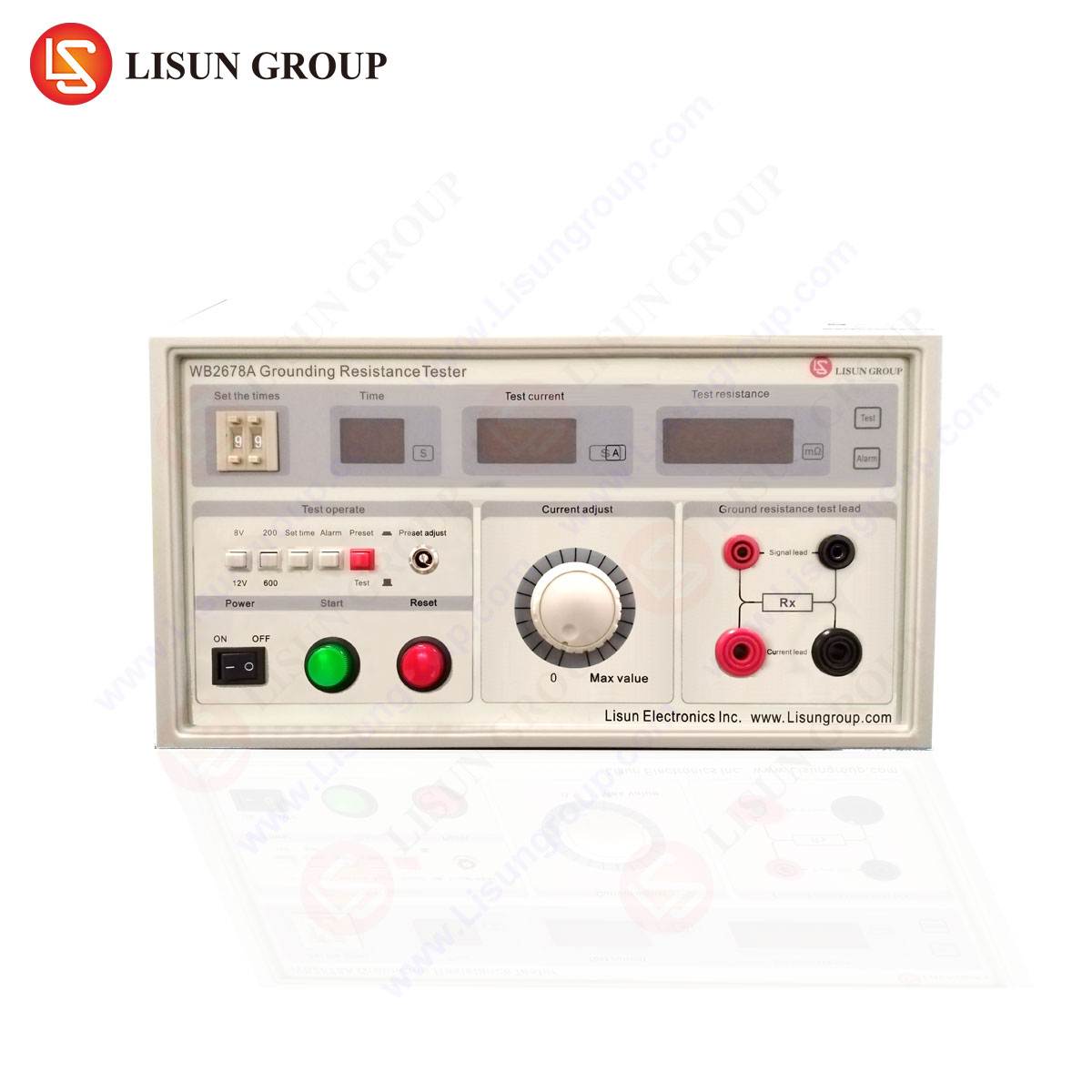Introduction to Xenon Lamp Accelerated Aging Testing
Accelerated aging testing is a critical methodology for evaluating the long-term durability of materials and components under controlled environmental stressors. Among the most effective tools for this purpose is the Xenon Lamp Accelerated Aging Chamber, which simulates sunlight, temperature fluctuations, and humidity to predict product lifespan. The LISUN XD-150LS exemplifies this technology, offering precise spectral irradiance control, temperature regulation, and humidity simulation for industries ranging from automotive electronics to aerospace components.
Fundamental Principles of Xenon Lamp Aging Simulation
Xenon arc lamps replicate the full solar spectrum, including ultraviolet (UV), visible, and infrared (IR) wavelengths, making them superior to other artificial light sources for aging tests. The XD-150LS employs a filtered xenon lamp system that adheres to international standards such as ISO 4892-2, ASTM G155, and IEC 60068-2-5, ensuring accurate reproduction of natural sunlight effects.
Key mechanisms include:
- Photodegradation: UV radiation breaks down polymer chains, leading to fading, brittleness, or cracking.
- Thermal Stress: Cyclic heating and cooling induce material expansion and contraction, accelerating fatigue.
- Moisture Exposure: Humidity exacerbates corrosion, delamination, and electrical insulation failure.
Technical Specifications of the LISUN XD-150LS
The XD-150LS is engineered for high repeatability and compliance with stringent testing protocols. Its specifications include:
| Parametro | Specificazione |
|---|---|
| Lamp Power | 1.5 kW Xenon Arc Lamp |
| Gamma spettrale | 290–800 nm (adjustable filters) |
| Irradiance Control | 0.3–1.5 W/m² @ 340 nm |
| Intervallo di temperatura | 25°C to 100°C (±1°C) |
| Intervallo di umidità | 20% to 98% RH (±2%) |
| Volume della camera | 150 L (customizable) |
| Standard di conformità | ISO 4892, ASTM G155, IEC 60068 |
Industry-Specific Applications of the XD-150LS
Automotive Electronics and Components
Automotive manufacturers use the XD-150LS to test dashboard displays, wiring harnesses, and exterior plastics. Prolonged UV exposure can degrade touchscreen coatings, while thermal cycling affects solder joint reliability in control modules.
Lighting Fixtures and LED Systems
LED luminaires undergo accelerated aging to assess phosphor degradation and housing material stability. The XD-150LS simulates years of outdoor exposure in weeks, ensuring compliance with IEC 60598 for photometric performance.
Medical Devices and Biocompatible Materials
Implantable devices and diagnostic equipment must resist sterilization and environmental stressors. The chamber validates polymer durability under UV and humidity, critical for FDA and ISO 10993 compliance.
Componenti aerospaziali e per l'aviazione
Cockpit displays, insulation materials, and composite structures are subjected to extreme solar radiation at high altitudes. The XD-150LS replicates these conditions to prevent premature failure.
Competitive Advantages of the XD-150LS
- Precision Spectral Matching: Unlike metal halide or fluorescent lamps, xenon arcs provide a near-perfect solar spectrum, reducing false positives in test results.
- Modular Humidity Control: Independent humidity injection ensures accurate condensation cycles, critical for testing electrical insulation in cables and connectors.
- Automated Calibration: Built-in radiometers and software-driven irradiance adjustments minimize manual intervention, enhancing repeatability.
- Efficienza energetica: Advanced cooling systems reduce power consumption compared to conventional aging chambers.
Conformità agli standard e metodologie di test
The XD-150LS supports multiple testing regimes:
- Cyclic Testing: Alternating UV, heat, and moisture phases simulate diurnal environmental changes.
- Continuous Irradiation: Uninterrupted exposure evaluates long-term photostability, common in coating industries.
- Custom Profiles: User-defined cycles accommodate niche applications, such as telecom equipment in tropical climates.
Case Study: Evaluating Consumer Electronics Durability
A leading smartphone manufacturer utilized the XD-150LS to test screen adhesives and housing polymers. After 500 hours of accelerated aging (equivalent to 2 years of outdoor use), the test revealed UV-induced yellowing in certain polycarbonate blends, prompting material reformulation.
Sezione FAQ
Q1: How does the XD-150LS differ from UV-only aging chambers?
A: Unlike UV chambers, the XD-150LS replicates full-spectrum sunlight, including IR and visible light, which is essential for assessing heat-related material degradation.
Q2: What maintenance is required for the xenon lamp?
A: Lamps typically require replacement every 1,500–2,000 hours. The XD-150LS includes a usage tracker to schedule maintenance.
Q3: Can the chamber simulate extreme temperatures for automotive testing?
A: Yes, the XD-150LS supports temperatures up to 100°C, with optional extensions for sub-zero testing.
Q4: Is the system compatible with third-party data logging software?
A: The chamber exports data in CSV and PDF formats, integrable with LabVIEW and other analytical tools.
Q5: How does humidity control impact testing accuracy?
A: Precise humidity regulation prevents under- or overestimation of moisture-related failures, such as corrosion in electrical contacts.
This article has outlined the critical role of xenon lamp aging chambers in material science, with a focus on the LISUN XD-150LS’s technical capabilities and cross-industry applications. By adhering to international standards and offering customizable testing profiles, the XD-150LS ensures reliable, accelerated aging assessments for diverse product categories.


